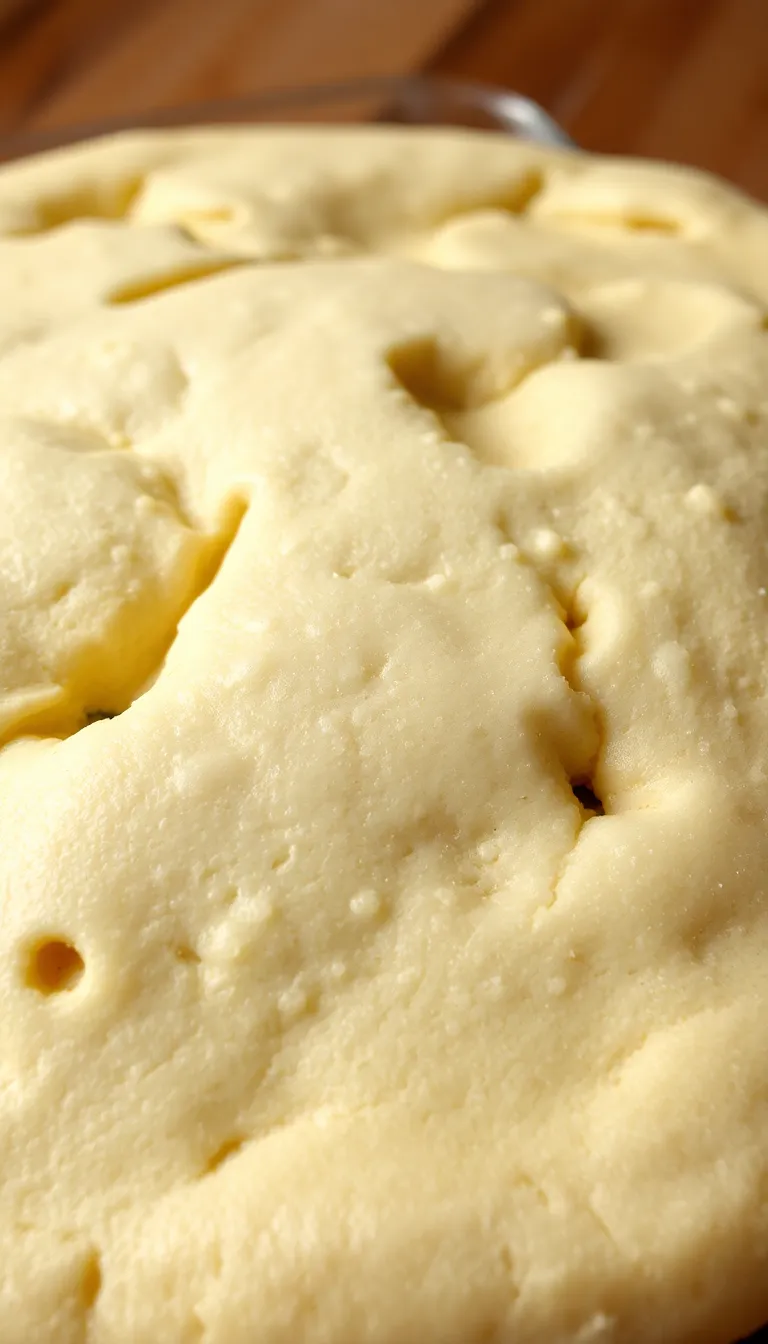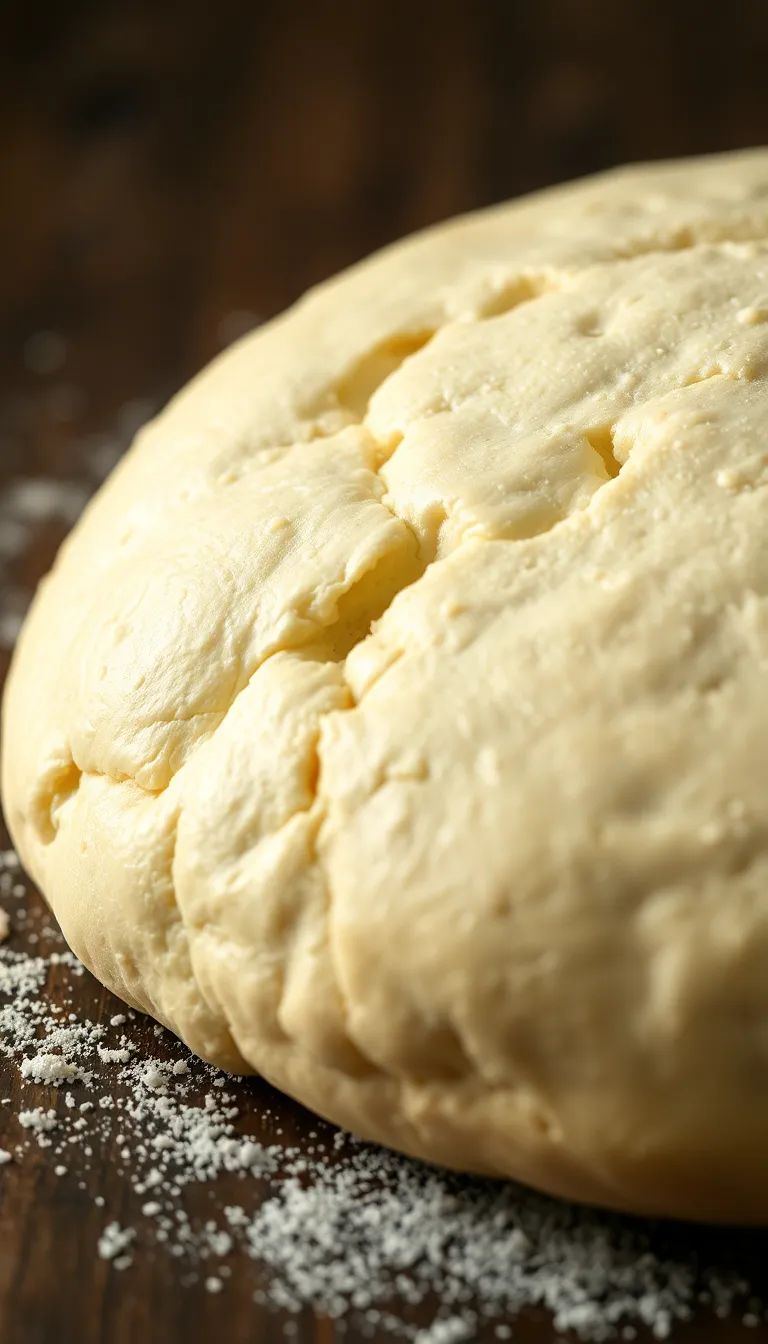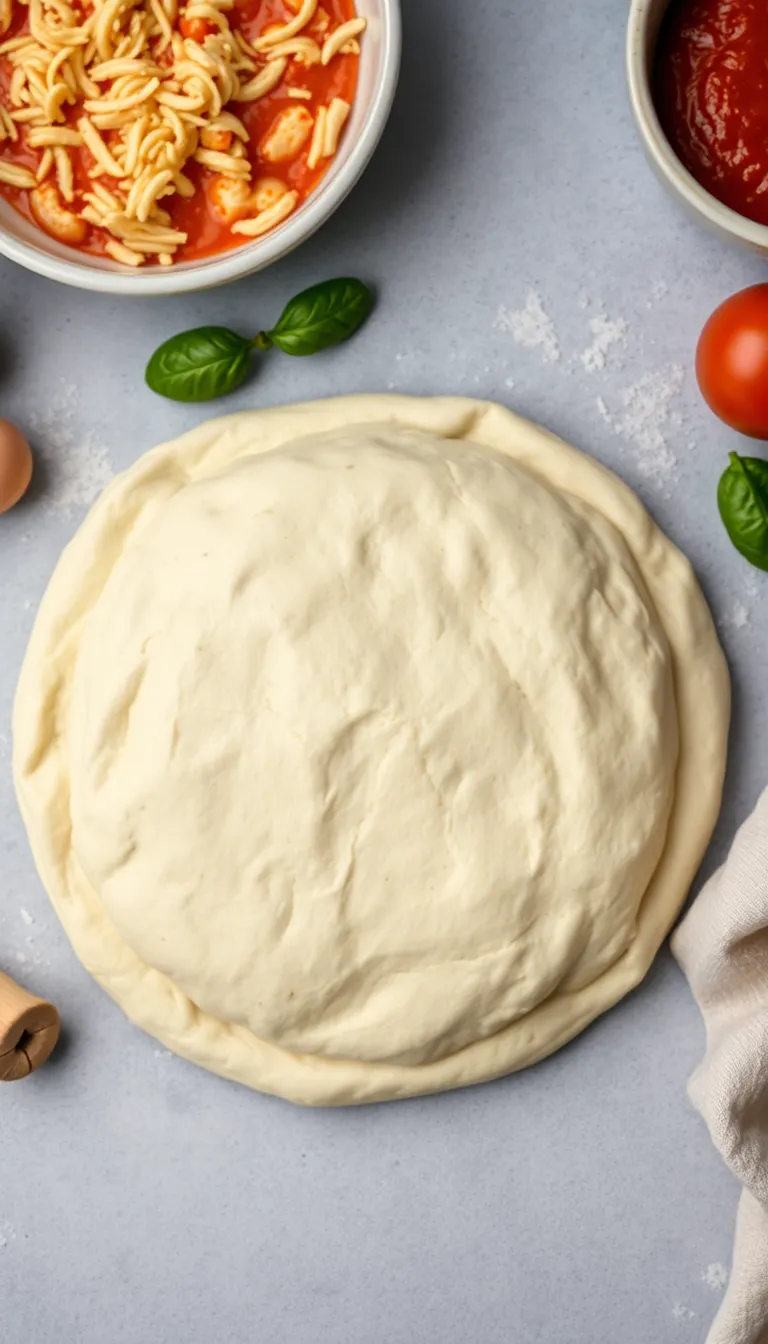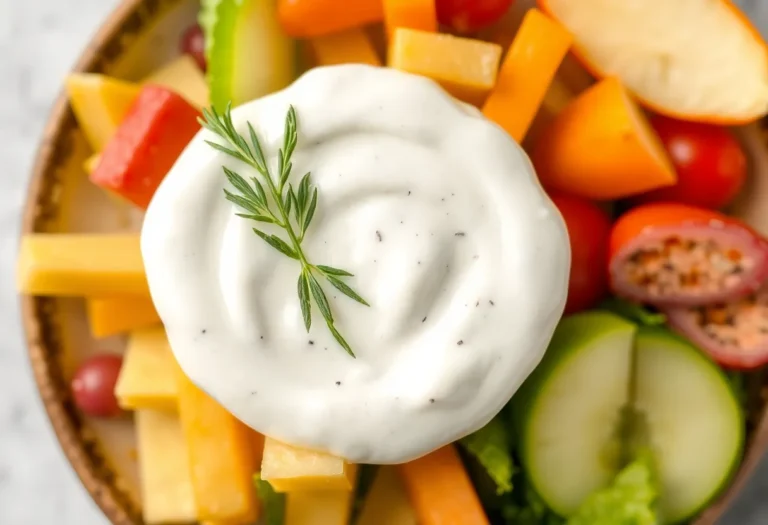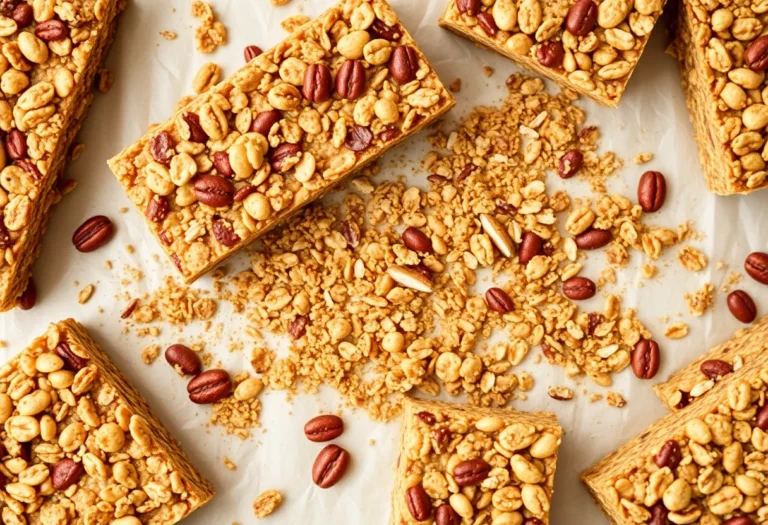Homemade Pizza Dough: The Only Recipe You’ll Ever Need
Store-bought pizza dough is a crime against flavor. Why pay for bland, rubbery dough when you can make restaurant-quality pizza at home with four basic ingredients? This recipe takes 10 minutes to prep, requires zero fancy skills, and delivers a crust that’s crispy outside, chewy inside, and infinitely better than anything from a tube.
Plus, you’ll never have to suffer through another soggy, cardboard-like base again. Ready to become a pizza legend?
Why This Recipe Works
Most pizza dough recipes either demand a PhD in baking or taste like salty cardboard. This one nails the perfect balance: easy enough for weeknights, but legit enough to impress food snobs.
The secret? A longer rise time for maximum flavor and texture, plus a hydration ratio that guarantees a crisp-yet-chewy crust. No weird additives, no convoluted steps—just flour, water, yeast, and salt doing their magic.
Ingredients
- 500g (3 ¾ cups) bread flour (all-purpose works, but bread flour gives better chew)
- 325ml (1 ⅓ cups) warm water (not hot—yeast hates scalding baths)
- 7g (2 ¼ tsp) active dry yeast (or instant yeast if you’re impatient)
- 10g (2 tsp) salt (skip this, and your dough will taste like regret)
- 1 tbsp olive oil (optional, but adds flavor and elasticity)
Step-by-Step Instructions
- Mix the yeast and water: Combine warm water and yeast in a bowl.
Let it sit for 5 minutes until frothy. If nothing happens, your yeast is dead. Start over.
- Add dry ingredients: In a large bowl, mix flour and salt.
Pour in the yeast mixture and olive oil (if using). Stir until a shaggy dough forms.
- Knead: Dump the dough onto a floured surface and knead for 8–10 minutes until smooth and elastic. Or use a stand mixer with a dough hook for 5 minutes.
Your biceps will thank you.
- First rise: Place the dough in a greased bowl, cover with a damp towel, and let it rise at room temp for 1–2 hours until doubled. Patience is key here.
- Shape: Punch down the dough, divide it into 2 balls (for 12-inch pizzas), and let them rest for 20 minutes. Stretch into rounds—no rolling pin needed.
- Top and bake: Add your favorite toppings and bake at 475°F (245°C) for 10–12 minutes on a preheated pizza stone or baking sheet.
Burnt cheese is optional.
Storage Instructions
Got extra dough? Refrigerate it for up to 3 days in an airtight container. For longer storage, freeze dough balls wrapped in plastic for 3 months. Thaw in the fridge overnight before using.
Pro tip: Cold-fermented dough tastes even better—more flavor, less work.
Why This Recipe Wins
Homemade dough means total control over thickness, crispiness, and flavor. No preservatives, no mystery ingredients, and no sad, floppy slices. It’s cheaper than delivery, faster than waiting for a table, and way more satisfying.
Plus, you get to brag about making pizza from scratch. Win-win.
Common Mistakes to Avoid
- Using cold water: Yeast needs warmth to activate. Ice water = sad, flat dough.
- Over-flouring the surface: Too much flour makes the dough tough.
Dust lightly.
- Rushing the rise: Skipping the rest time? Enjoy your cardboard crust.
- Overloading toppings: Less is more. A soggy pizza is a tragedy.
Alternatives
Out of bread flour? All-purpose flour works, but the crust will be less chewy.
For a whole-wheat version, replace 50% of the flour with whole wheat (100% makes it dense). Need gluten-free? Use a 1:1 GF flour blend and add 1 tsp xanthan gum.
For a sourdough twist, replace yeast with 100g active starter and adjust water/flour as needed.
FAQs
Can I make the dough without yeast?
Yes, but it won’t be pizza dough—it’ll be a flatbread. Yeast creates the airy texture. If you’re desperate, use baking powder (1 tbsp) for a quick fix, but don’t expect miracles.
Why is my dough sticky?
You probably added too much water or didn’t knead it enough.
Dust with flour and keep kneading. Sticky dough isn’t the end of the world—it often makes a lighter crust.
Can I use a food processor?
Absolutely. Pulse the dry ingredients, then add wet ones and process until a ball forms.
Just don’t overdo it—30 seconds max. FYI, cleanup is easier than hand-kneading.
How thin should I stretch the dough?
Depends on your pizza style. For Neapolitan, go thin (⅛ inch).
For Detroit-style, leave it thicker (½ inch). Just don’t tear it—unless you enjoy patchwork pizza.
Why didn’t my dough rise?
Either your yeast was dead, the water was too hot, or your kitchen is colder than a snowman’s handshake. Try again with fresh yeast and a warmer spot.
Final Thoughts
Homemade pizza dough isn’t just a recipe—it’s a power move.
Once you master this, you’ll never go back to takeout or frozen discs of disappointment. It’s cheap, easy, and endlessly customizable. So grab some flour, channel your inner Italian nonna, and start baking.
Your future self (and your hungry friends) will thank you.


